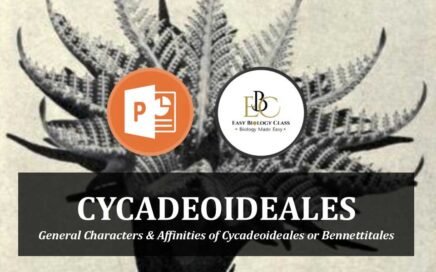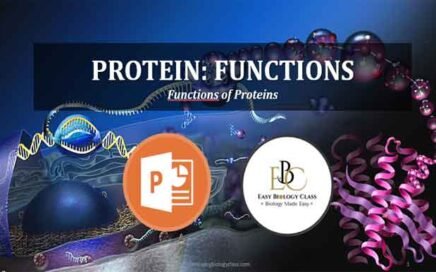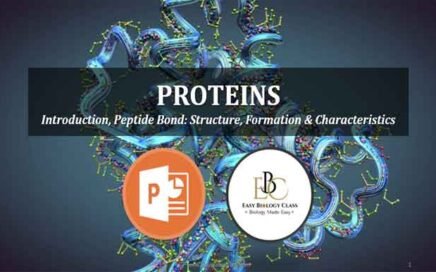
Bennettitales (Cycadeoideales) PPT
Bennettitales (Cycadeoideales) PPT: Bennettitales were an extinct group of seed plants that thrived during the Mesozoic era, especially in the Jurassic and Cretaceous periods. They […]

Bennettitales (Cycadeoideales) PPT: Bennettitales were an extinct group of seed plants that thrived during the Mesozoic era, especially in the Jurassic and Cretaceous periods. They […]

Cordaitales PPT: Cordaitales are an extinct group of primitive gymnosperms that thrived predominantly during the late Paleozoic era, particularly in the Carboniferous and Permian periods. They […]

Functions of Proteins PPT: Proteins perform a vast array of essential functions in living organisms. Structurally, they provide support and shape to cells and tissues—collagen […]

Characteristics of Peptide Bond PPT: A peptide bond is a covalent bond formed between the carboxyl group of one amino acid and the amino group […]

Biosynthesis of Amino Acids PPT: Amino acid biosynthesis is a key cellular process where cells produce amino acids, the building blocks of proteins. It occurs […]

Principles of Gardening PPT: The principles of garden design and site selection focus on creating a harmonious and functional outdoor space. Unity and harmony ensure […]

Rhizome and Tuber Propagation PPT: Rhizome and tuber propagation involves growing new plants from underground stems or storage organs. In rhizomes, sections with buds are […]

Types of Gardens PPT: Garden styles, designs, and types vary based on cultural influences, aesthetics, and functionality. English gardens are known for their natural, romantic […]

Flower Arrangement PPT: Flower arrangement is the art of organizing flowers, foliage, and other decorative elements to create visually appealing compositions. The concept of flower […]